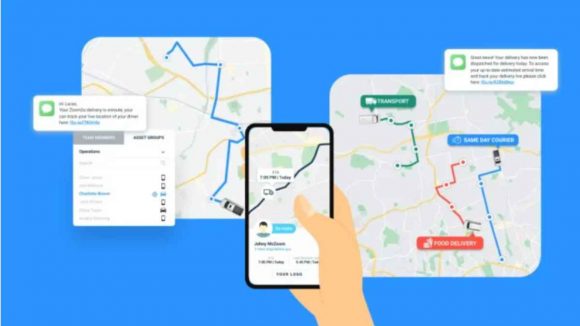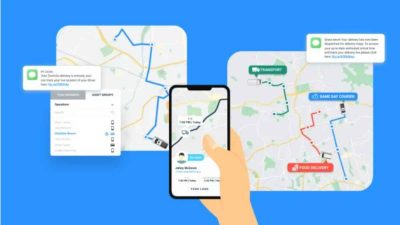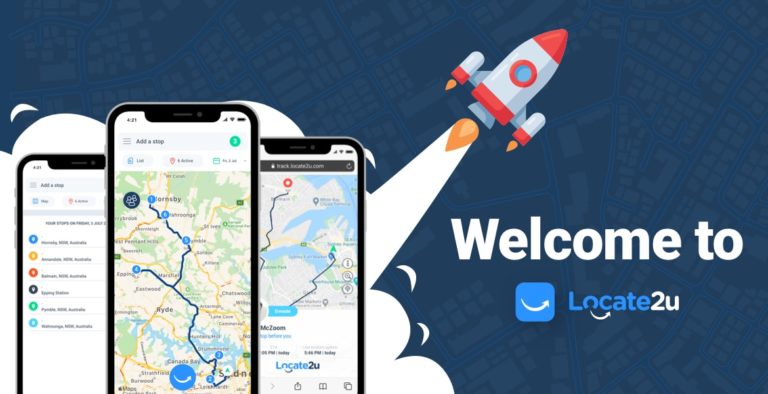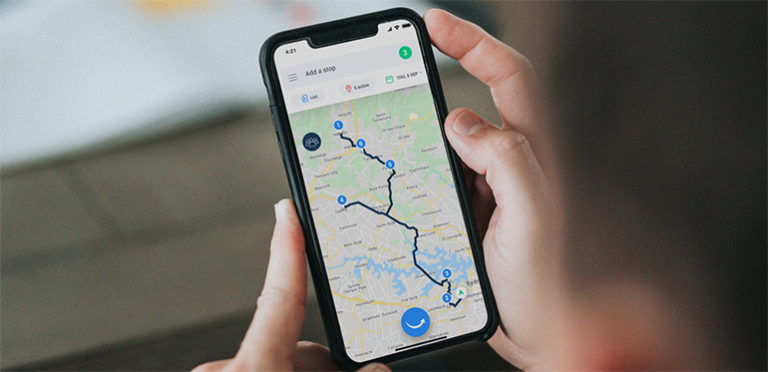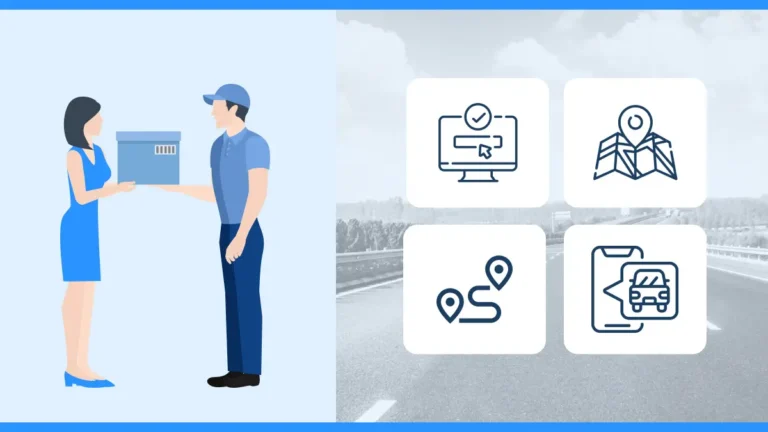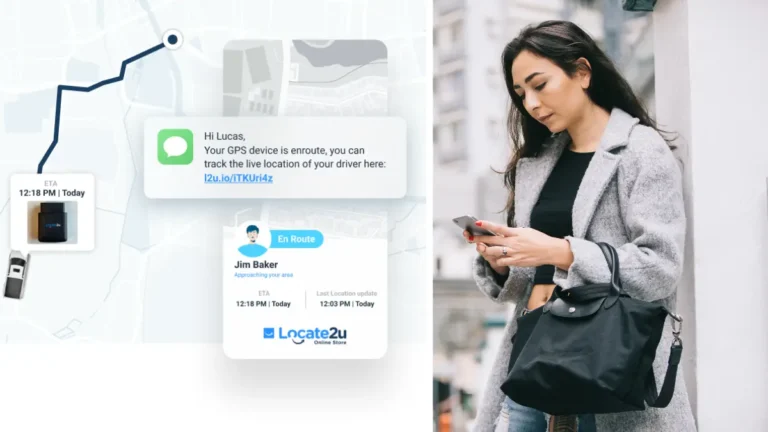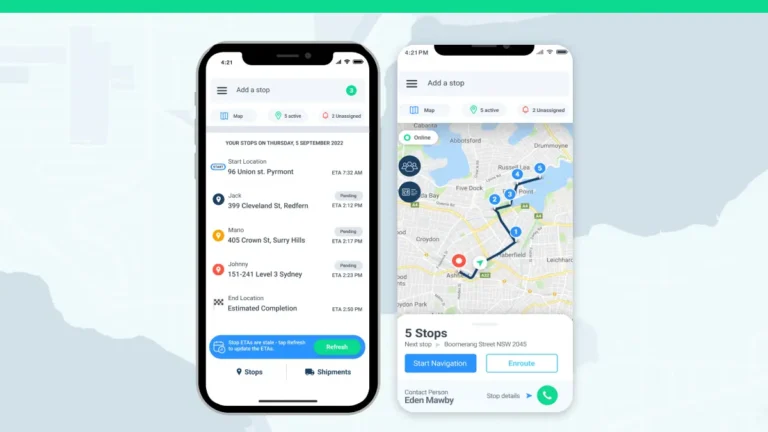For logistics professionals, last-mile delivery isn’t just another step in the supply chain—it’s the most complex, costly, and critical phase.
Any delay or misstep in this process can lead to dissatisfaction and financial loss. From a business perspective, I know how difficult it is to have complete control over this process—especially considering factors like traffic, weather, and your driving skills.
In a world where millions of people shop online globally, they all want fast and reliable service. The last mile is what will set your business apart from the rest.
The demand for same-day delivery has become an industry standard, and businesses must innovate.
But there’s this one stumble block, the financial implication. Last-mile delivery accounts for more than half of total shipping costs.
Locate2u CEO Steve Orenstein believes last-mile delivery has the potential to save you time and money. “It will give your customers a much better delivery experience. You’ll service more customers in less time.”
This guide explains why last-mile delivery is important and the significant challenges it poses. It also teaches logistics leaders how to use the last mile to their advantage.
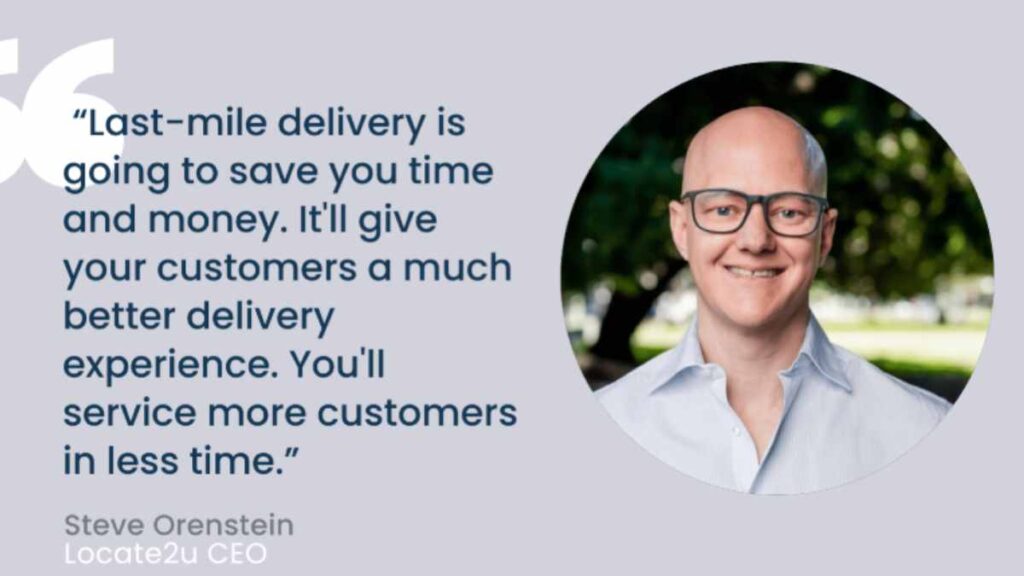
What is Last Mile Delivery?
The last-mile delivery starts when the package leaves the final distribution center, fulfillment hub, or local warehouse. It ends when the parcel reaches the customer’s address, and someone signs off.
Why is the last mile so vital? It’s the most transparent phase of the process. Customers eagerly await their delivery and expect only a premium experience.
Experts in the field often describe it as the most expensive part of logistics.
Read more here about why the last-mile delivery process is so expensive.
Here’s a typical last-mile delivery process.
- The parcel arrives at the local courier sorting center.
- The item arrives at the fulfillment center at the dark store.
- The package arrives at the retail store.
What makes the journey from these points to the final destination so challenging is the unpredictable traffic, customers who are not at home, and high expectations from customers.
For businesses, we get it; the last-mile delivery step can make or break customer satisfaction.
Here’s an example: Suppose you ordered a new phone case online. The item is shipped from a warehouse in another state and moves through different transportation hubs before reaching a local facility in your city.
This is the final leg of the delivery process. It’s from when the item leaves the local hub until it arrives at your doorstep. If that package is late, damaged, or lost, it reflects poorly on the brand, not the logistics company handling it.
Why is Last-Mile Delivery Such a Big Deal?
When the driver picks up the order, there is only one thing he should be focused on: speed and efficiency. But you see, it’s difficult to make sure you drive safely, consider traffic, don’t use too much fuel, and arrive on time.
Route optimization software is the magic trick that helps businesses automate this process.
Here’s why the last mile is a big deal and why you should also care:
- Speed matters: Customers want their orders fast. The standard these days are same-day or next-day deliveries.
- It’s expensive: The last mile delivery makes up 50% of the shipping costs. Fuel is expensive and dropping off these individual items to specific residential areas costs more than you can imagine.
- Customers have high expectations: If your customer offers free and fast delivery services, your customers will expect the same from you. You need to keep up.
- Impacts brand loyalty: Late or unreliable deliveries can hurt your business. It only takes one bad experience.
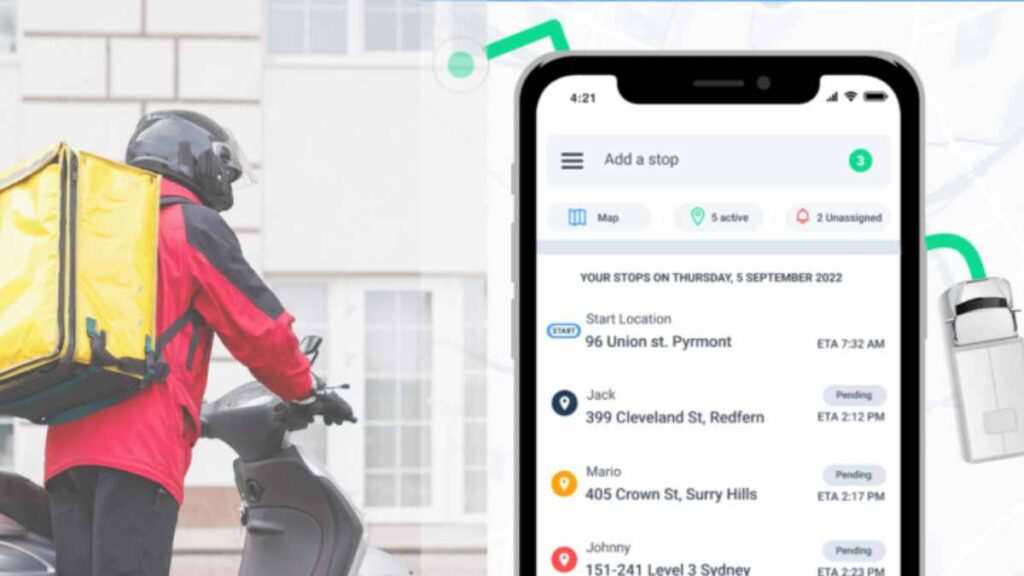
The Challenges of Last Mile Delivery
There are plenty of last-mile delivery challenges that are unique to specific industries, locations, and companies.
Delivering fresh food to a customer’s home is tricky, especially during peak hours when most people order food. However, for a retail company, the last-mile delivery journey has its own stumbling blocks.
Comparing the same sector to different locations can also bring new challenges. A pizza business in New York is confronted with massive traffic congestion, while another food delivery service in a rural area faces infrastructure problems.
Generally speaking, here’s what makes the last-mile delivery process so tricky.
1. Traffic & unpredictable delays
Traffic congestion is any delivery driver’s worst fear. Navigating peak-hour traffic in New York to get the parcel to the other side of the city on time is a skill.
Route optimization is a perfect tool for helping delivery drivers take the most efficient routes, considering weather conditions, traffic, and even the individual driver’s skill.
2. High costs per delivery
Most of the time, packages are delivered to individuals, not in bulk, which makes them much more expensive.
Think about the fuel prices and labor costs for drivers, and it’s even worse when there is a failed delivery. If a customer is not at home at the time of delivery, the driver has to come back some other time to try again.
3. Customer availability & failed deliveries
Missed deliveries are standard. If a business doesn’t have real-time tracking, there is no way a customer can know what the Estimated Time of Arrival (ETA) will be. Without proper planning, there is a bigger chance of missing the delivery.
“Failed deliveries cost companies billions of dollars each year while impacting customer satisfaction and damaging retailers’ reputations,” states a research paper by Harvard Business Review. In the paper Research: Why So Many Packages Don’t Get Delivered, the author found there are three things that can help to improve this problem.
- Plan your delivery sequence carefully (route optimization software)
- Stop overloading drivers.
- Decentralize delivery systems.
To avoid leaving a “You missed your delivery” slip in the gate, invest in software like route optimization and real-time tracking that will show instant results.
ALSO READ: Real-Time Tracking vs. Static Updates: Why the Difference Matters
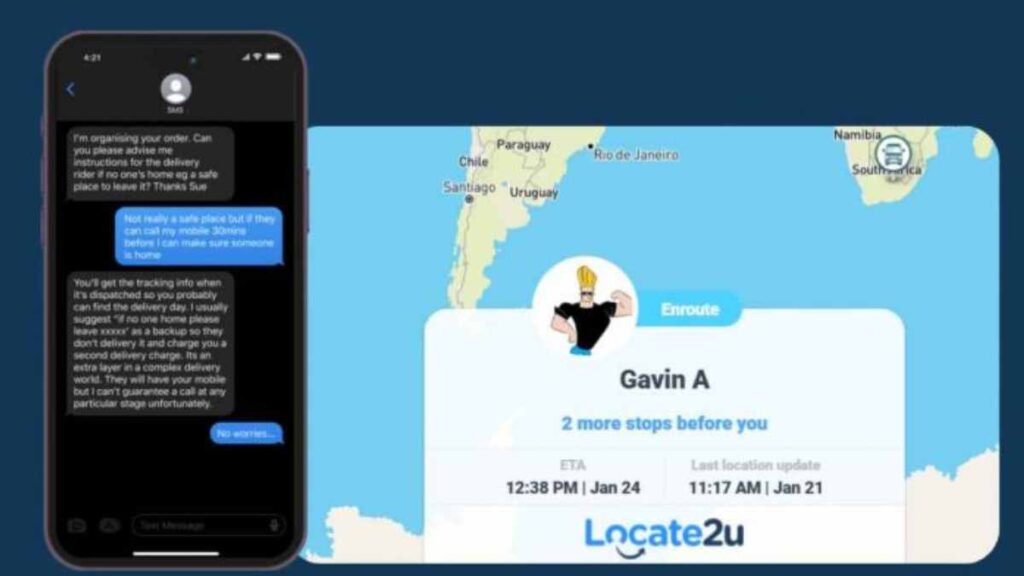
4. Address accuracy issues
A wrong address or unclear instructions can lead to delays, lost packages, and unhappy customers.
Make sure you have systems in place that can automatically alert customers that their address is incomplete or inaccurate. This way you can address a critical last mile delivery problem before it results in a missed delivery.
How Can I Solve Last Mile Delivery Challenges?
Smart technology and better planning are key to creating better customer experiences for the last-mile delivery journey.
Here’s how you solve it:
Route optimization for shorter routes during last-mile delivery
Route optimization helps not only the business, but also your drivers to make better decisions in the field during the last mile delivery.
- Faster deliveries: Route optimization automates the most effective route for drivers, optimizing the stops according to the weather, traffic, vehicle capacity, and driver skills.
- Improved delivery accuracy: When a driver knows exactly where the next stop is, it’s easier to focus on abiding to traffic rules, being friendly to the customer and not waste time.
Real-time tracking minimizes missed deliveries
With real time tracking a customer knows exactly when the ETA will be. If a customer can plan according to the delivery schedule, the person can ensure they are at home.
A customer is provided with a tracking link, allowing him/her to follow the driver during the last-mile delivery to his/her doorstep.
With more transparency during the last-mile delivery, customers feel more in control.
A Driver App helps to improve communication with customers
A driver app helps to improve communication with customers by allowing them to speak directly to the driver. It eliminates the middleman, the person sitting in the office fielding all the calls, who, in fact, does not always have all the answers.
The last-mile delivery process is made impressive when a customer feels they are in control.
Micro-fulfillment centers
Retailers are opening small warehouses in cities to store high-demand products closer to customers, making same-day delivery easier.
It shortens the distance of the last-mile delivery leg, improving the delivery time.
Think of Walmart and Target; they use local stores as mini-fulfillment centers, shipping orders directly to customers instead of using central warehouses.
Parcel lockers & pickup points
Instead of delivering to individual homes, packages can be dropped at secure lockers or pickup points, cutting down on missed deliveries.
Smart lockers are gaining significant popularity in Europe these days. That’s because it gives customers more flexibility and eliminates a missed delivery.
The Future of Last Mile Delivery: What’s Next?
As eCommerce keeps growing, businesses will continue to innovate to meet demand. Here’s what’s coming next:
- AI-powered delivery predictions: Machine learning will help businesses predict when and where customers want deliveries, reducing delays.
- More electric delivery vehicles: Companies are shifting to electric vans and bikes to cut emissions and save on fuel.
- Hyperlocal warehousing: Expect even more small urban warehouses that bring products closer to customers for near-instant delivery.
- Greater use of robotics: Some companies are testing robot couriers for short-distance deliveries (think food orders and small packages).
- Subscription-based delivery services: More retailers might follow Amazon Prime’s model, offering flat-fee or free unlimited deliveries for members.

Final Thoughts: Why Last Mile Delivery Matters
At the end of the day, last-mile delivery is about convenience.
Whether you’re ordering groceries, electronics, or takeout, you expect fast, hassle-free delivery.
For businesses, the challenge is making last-mile delivery affordable, efficient, and sustainable while keeping customers happy.
Companies that get it right will win in the competitive world of e-commerce.
About the author
Mia is a multi-award-winning journalist. She has more than 14 years of experience in mainstream media. She's covered many historic moments that happened in Africa and internationally. She has a strong focus on human interest stories, to bring her readers and viewers closer to the topics at hand.

